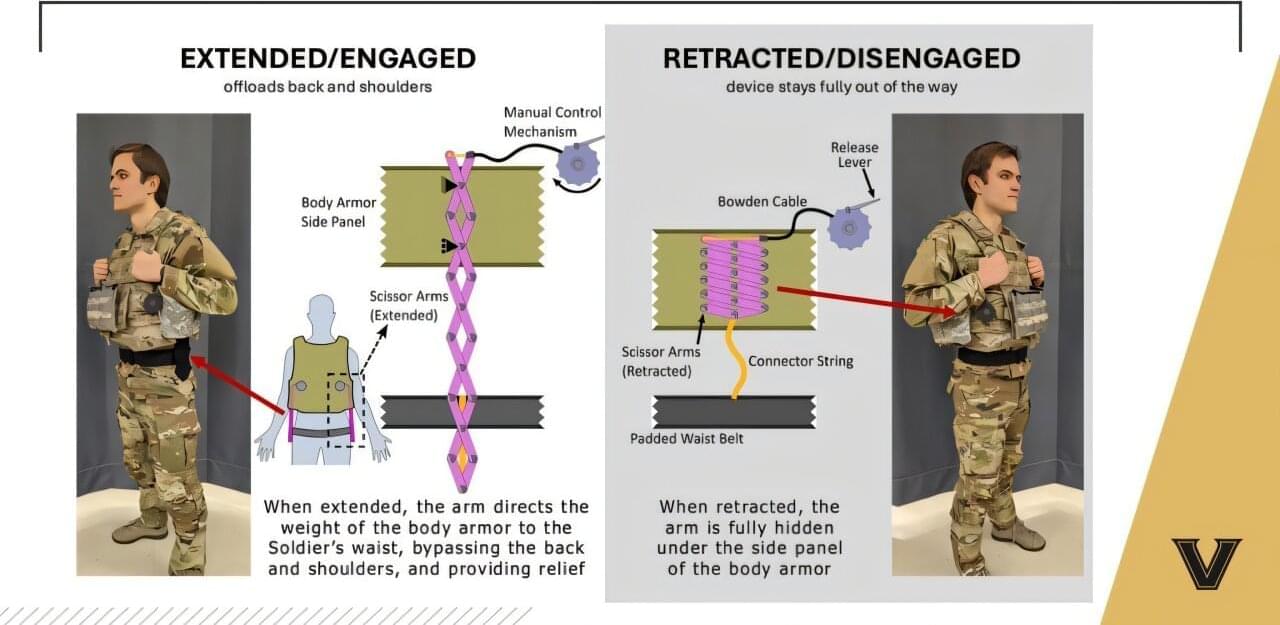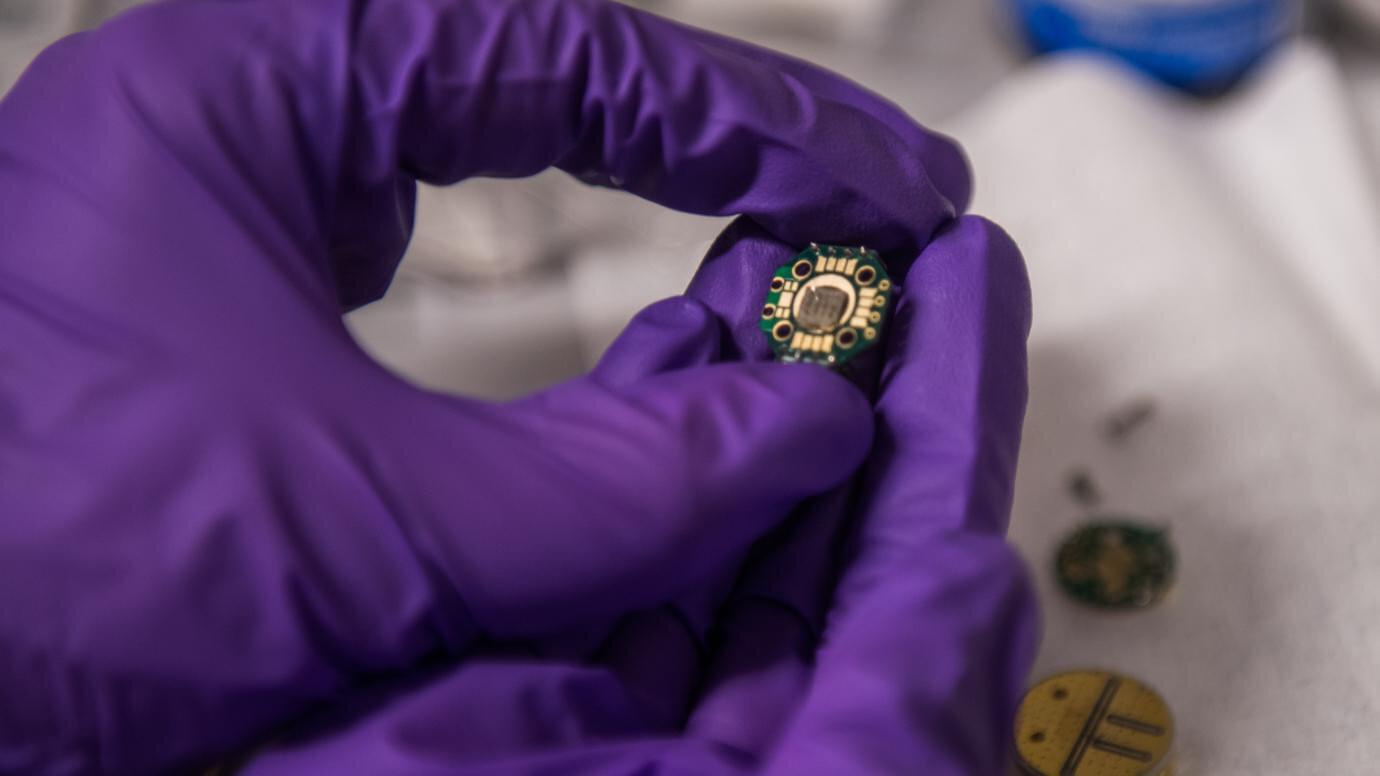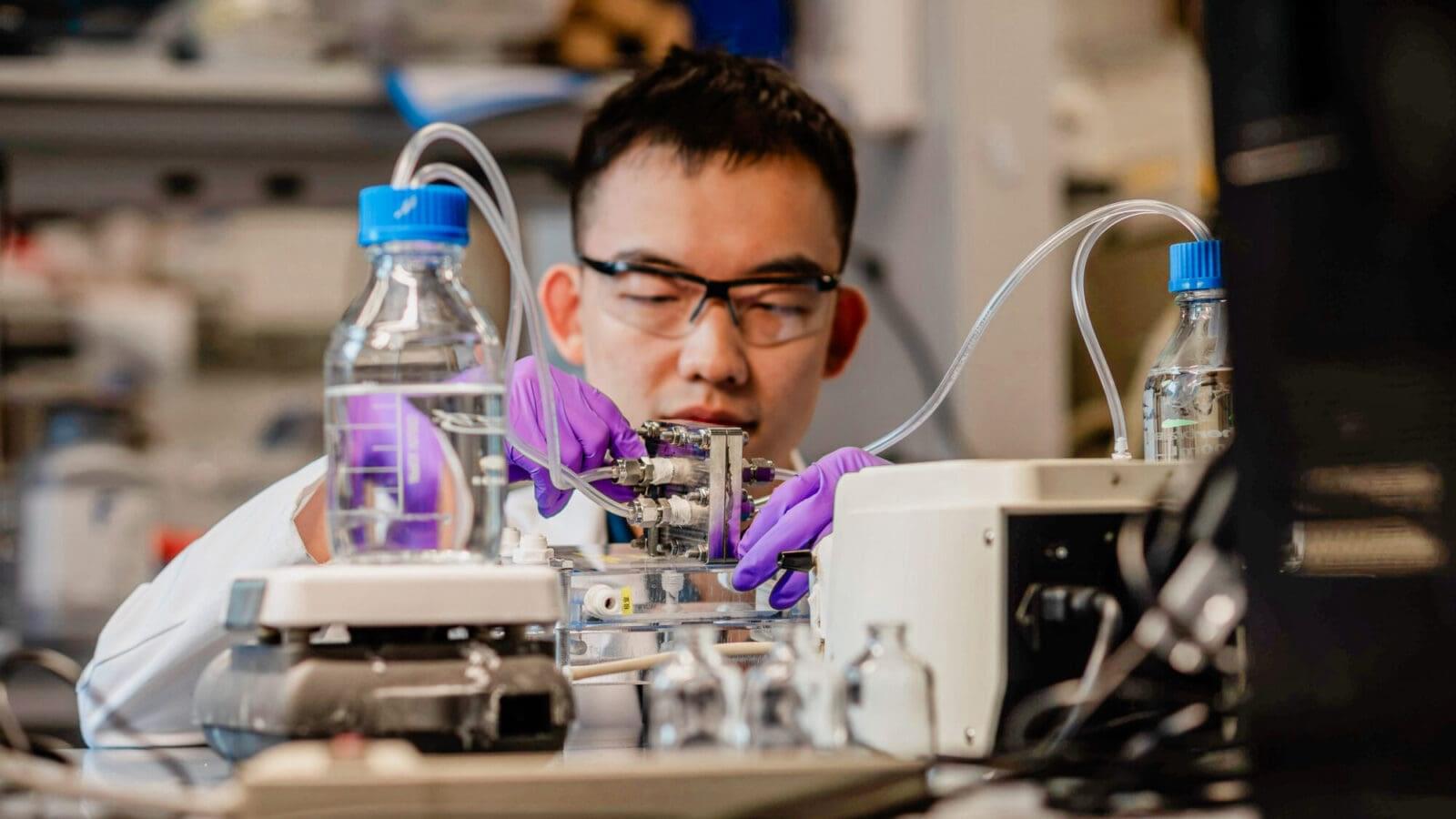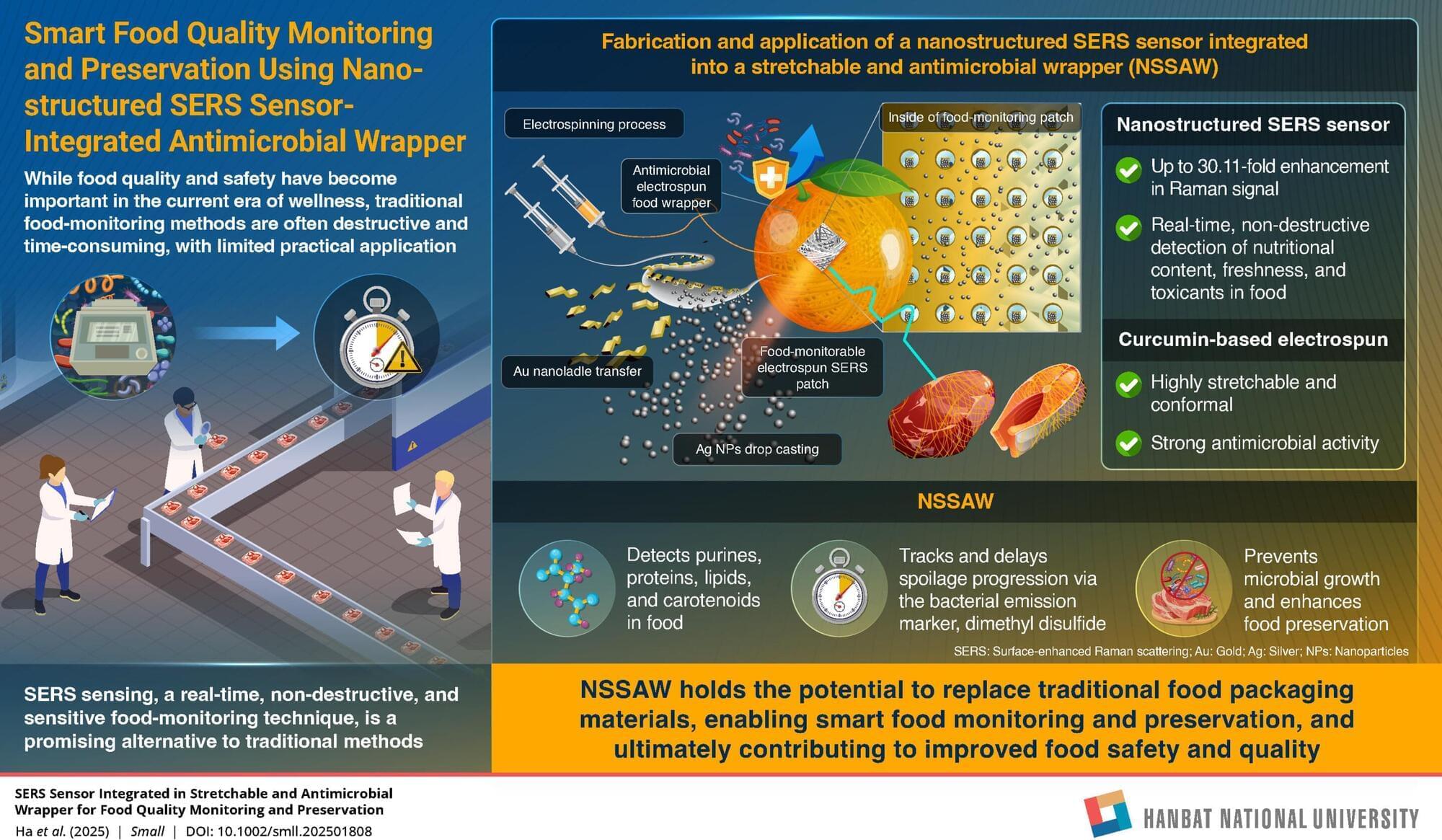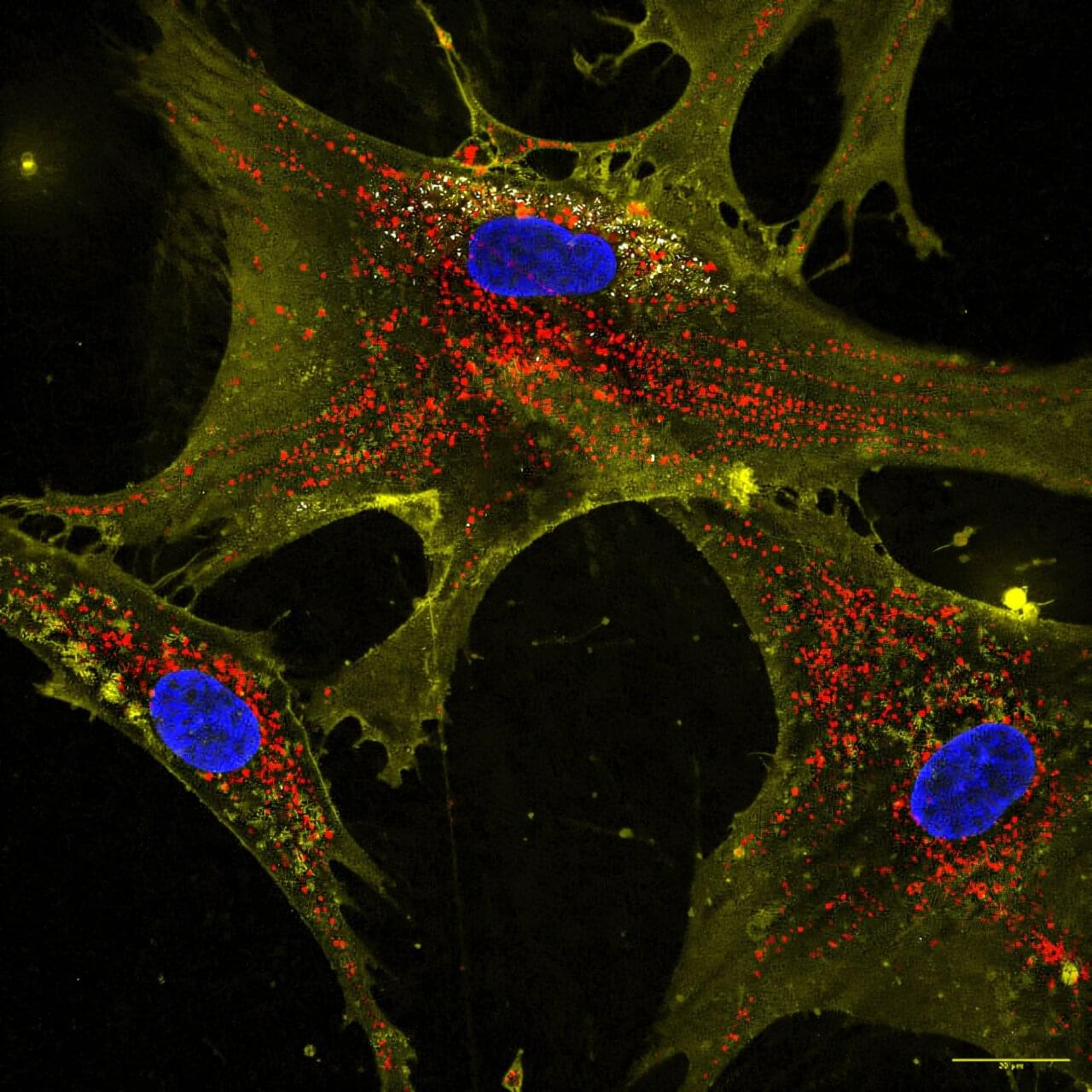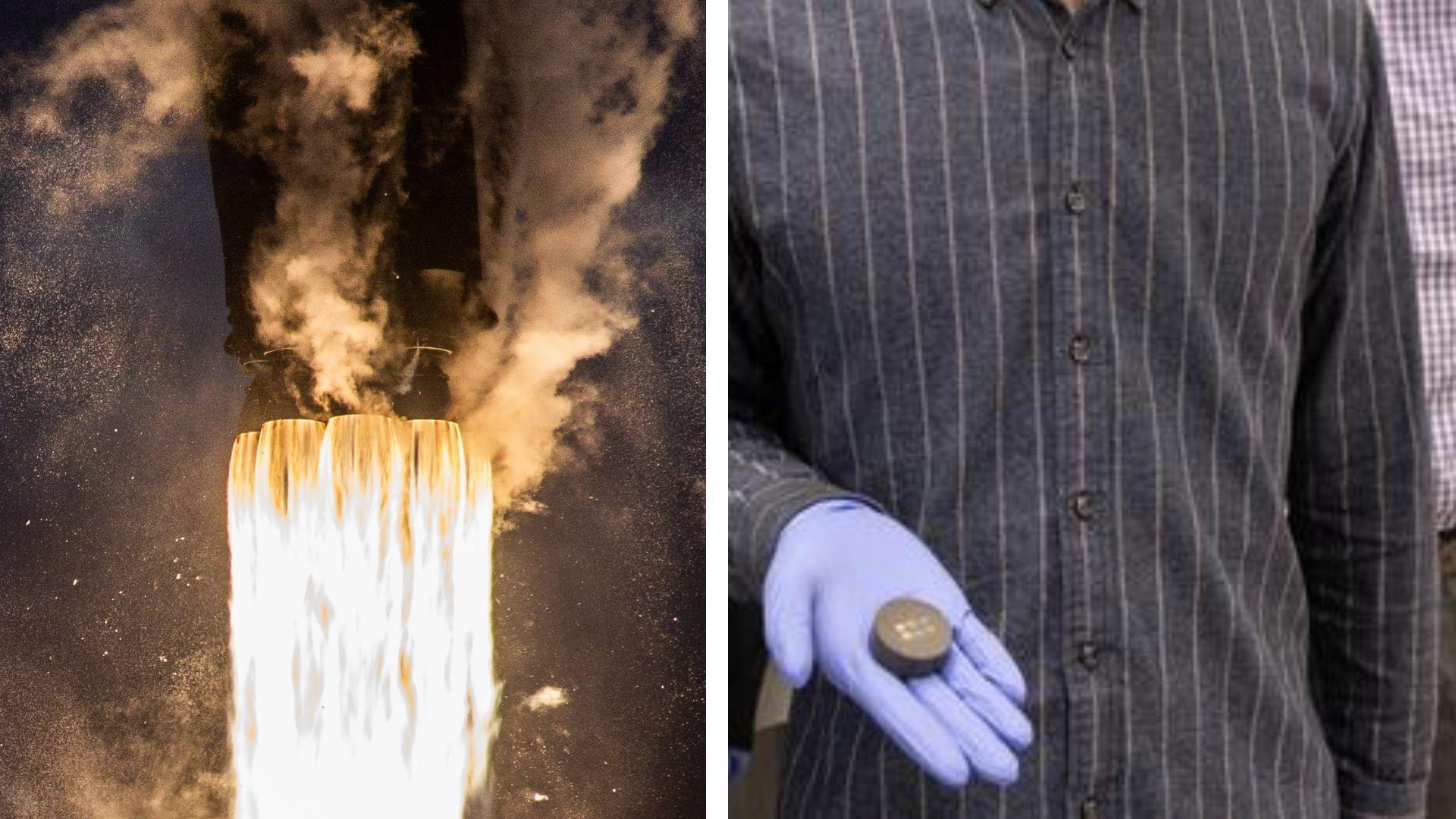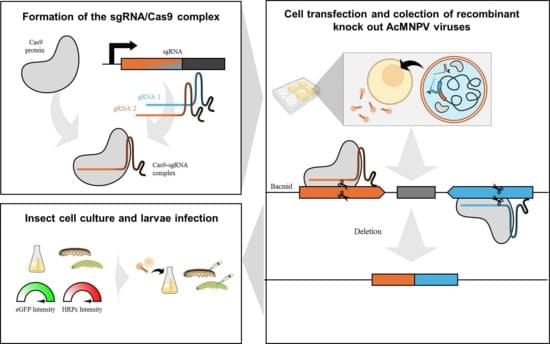Vanderbilt researchers have developed a lightweight wearable device that shifts body armor weight off the shoulders and back of soldiers, helping reduce pain and injury risk.
A new study, “Wearable weight distribution devices for reducing injury risk: How varying amounts of body armor offloading affect biomechanics and comfort,” is published in the journal Applied Ergonomics.
The research study was led by Paul Slaughter, a recent Vanderbilt Ph.D. graduate, and Karl Zelik, associate professor of mechanical engineering. Slaughter and Zelik, in partnership with Vanderbilt senior research engineer Chad Ice, also filed a patent on this wearable weight distribution device.
